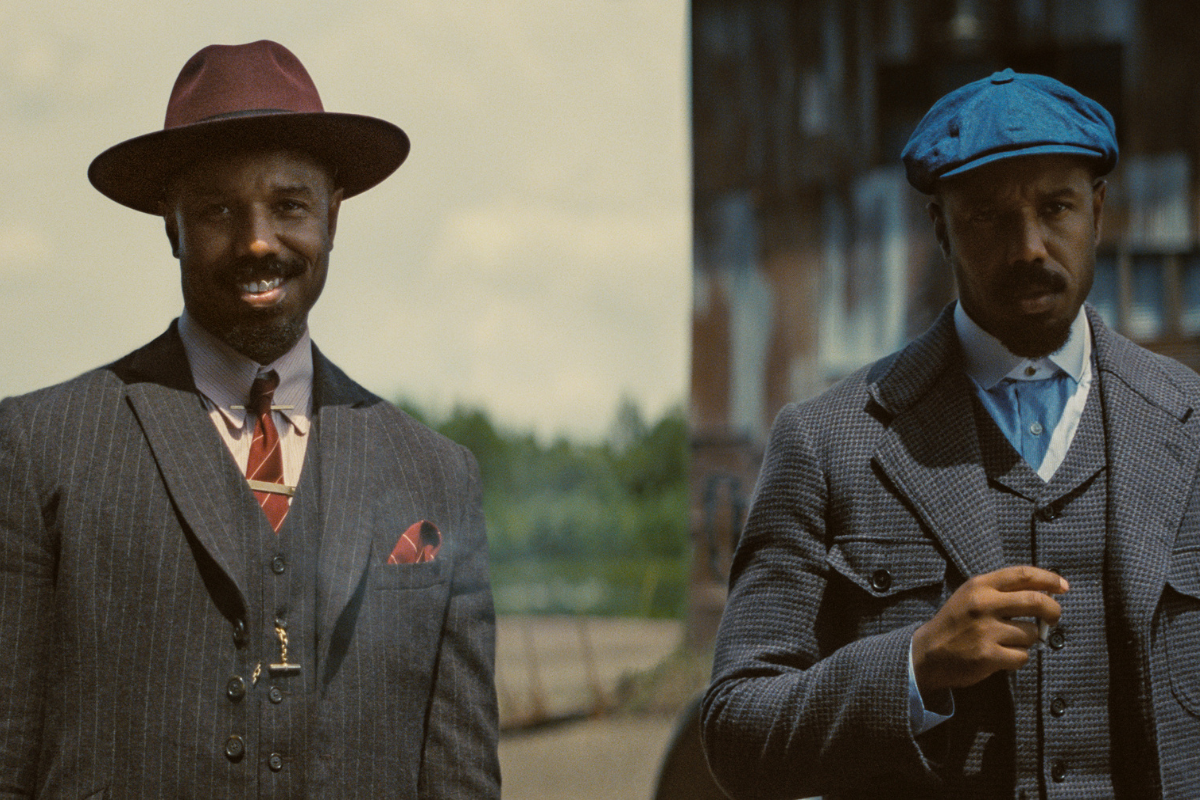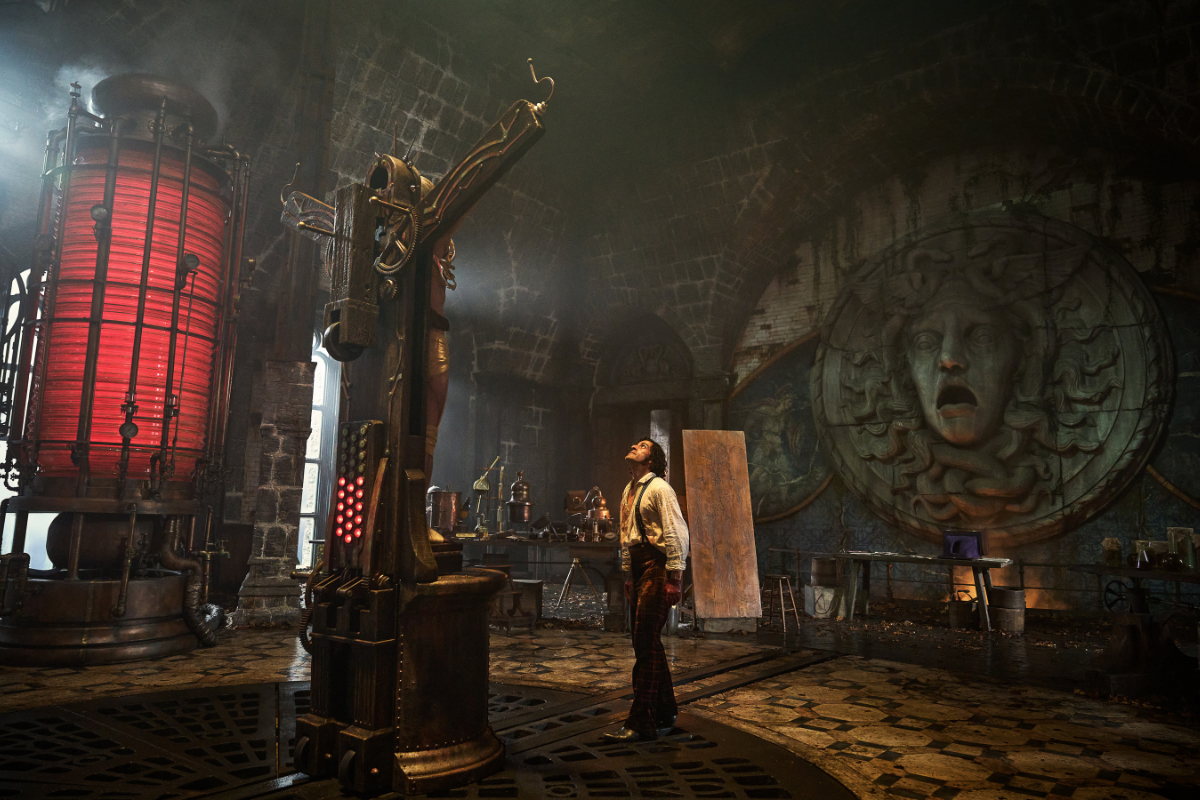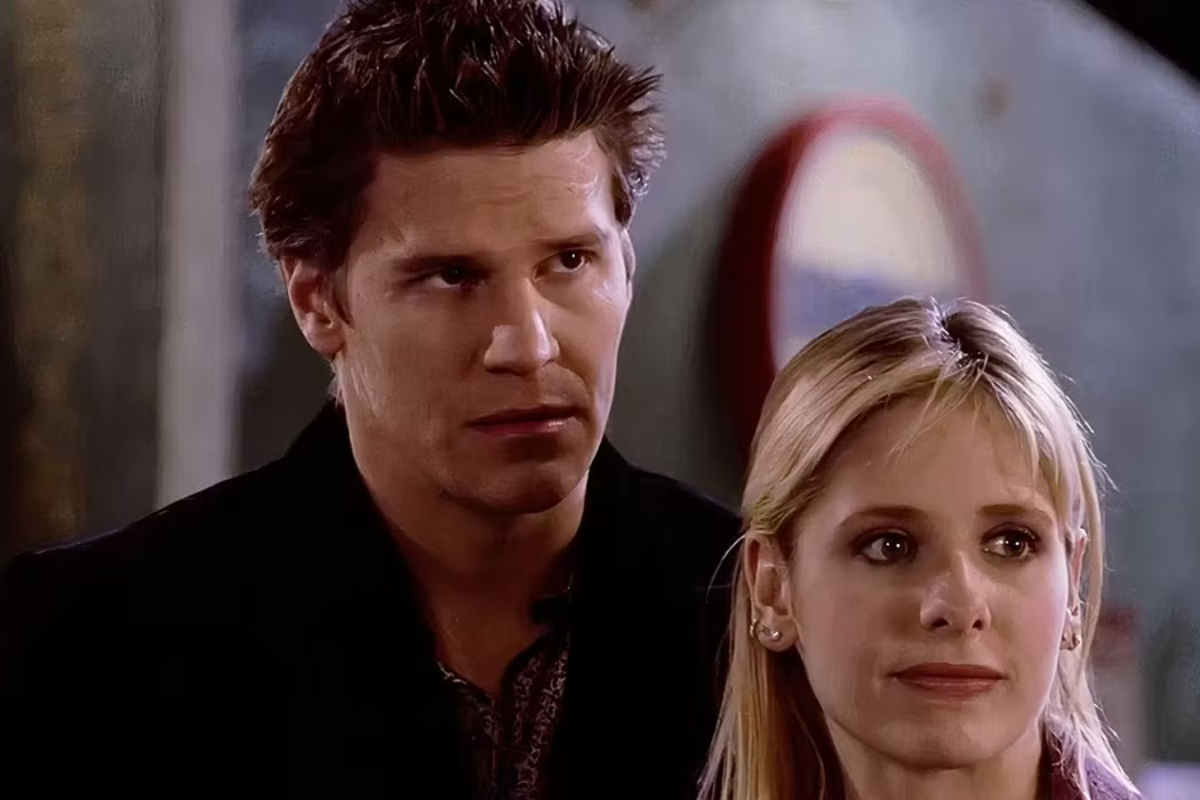STORYTELLING STRATEGIES: Sicario’s Vanishing Main Character
‘Sicario’ is a powerful cinematic experience from a visual and aural viewpoint, but some curious storytelling choices about the main character ultimately diminish its impact.
Paul Joseph Gulino is an award-winning screenwriter and playwright, whose book, Screenwriting: The Sequence Approach has been adopted as a textbook at universities around the globe.
Sicario is a powerful cinematic experience from a visual and aural viewpoint, but some curious storytelling choices about the main character ultimately diminish its impact.
Writing a movie with passive main character is a challenge; the conventional storytelling wisdom is that a main character needs to be active, needs to want something and pursue it. The hero on his journey, the character who wants something badly and is having trouble getting it. If the character is sympathetic, his or her struggle against obstacles creates tension within the audience that keeps us glued to the screen and inspires us to tell our friends to go see it.
Of course, the conventional wisdom is wrong: there have been plenty of successful films with passive main characters; characters who are confused, or aimless, or just killing time, who don’t want something with any real passion, and don’t struggle particularly hard to get it.
Films such as The Graduate (1967), One Flew Over the Cuckoo’s Nest (1975), and In Bruges (2008) come to mind.
These films follow alternative strategies to keep us glued to the screen. The Graduate (written by Calder Willingham and Buck Henry and directed by Mike Nichols) gives us a large dose of dramatic irony to create excitement during the bulk of the film: hope that Benjamin (Dustin Hoffman) will keep his affair secret, and fear that he’ll be exposed. Eventually, Benjamin does find something to desire: Elaine (Katherine Ross), and he pursues her relentlessly, but this does not occur till the last third of the picture.
One Flew Over the Cuckoo’s Nest (written by Lawrence Hauben and Bo Goldman and directed by Milos Forman) features one R.P. McMurphy (Jack Nicholson), whose primary goal is to play cards, smoke, party as hearty as he can and otherwise shirk physical labor. Here, the storytellers use a variety of strategies: dramatic irony (we know McMurphy’s game, but the authorities don’t); a deadline (McMurphy’s trial period at the institution), and conflicts within the scenes and sequences (with Nurse Ratched and the orderlies).
In Bruges (written and directed by Martin McDonagh) features Ray (Colin Farrell), a man who really, really wants to leave Bruges, Belgium, but doesn’t do much about it, occupying his time with sex, drugs and fist fights. Here, the storyteller uses a deadline (the two week period they must remain in the city), and dramatic irony (the audience learns that his accomplice and friend Ken [Brendan Gleeson] has been ordered to kill him) to keep us engaged in the story.
Kate Macer: On the Outside Looking In
Sicario (written by Taylor Sheridan and directed by Denis Villeneuve) is a story of vengeance; however, the person who suffered wrong and is seeking revenge (Alejandro, played by Benicio Del Toro) is not the main character. That would be Kate Macer (Emily Blunt), an FBI agent who is brought in to participate in an anti-drug operation on the Mexican border with some CIA/Delta Force individuals led by Matt Graber (Josh Brolin).
Kate is invited to participate, but not told much of anything about what they are doing. She’s always one step behind, is given vague warnings, and is left outside the loop. Eventually we learn that the plan is to extract a high value member of the Juarez-based drug cartel from a Mexican prison into CIA custody, where he can be tortured into giving up vital information that will lead to the leader of the cartel.
During the extraction operation, Kate is only along for the ride, and while everyone else is in a gunfight with bad guys, her only accomplishment is almost getting herself killed because she doesn’t obey Matt’s order to get out of her vehicle.
The bad guy gets interrogated, but Kate is not the one doing it, and when that interrogation leads to information about a secret tunnel into Mexico, she’s invited to participate in a military operation into the tunnel (without being told the purpose of the operation). Her contribution: she winds up nearly messing everything up, and gets shot for her trouble.
Thus, for more than two-thirds of the movie, our main character is largely passive and sidelined, a person looking in from the outside, unsure of what is going on around her, questioning things people are doing without effect, worrying about what’s going on, having sex with the wrong person (and having to be rescued), and coming close to accidentally sabotaging the whole operation.
Still, the storytelling is propelled forcefully forward by the nature of the material: life and death combat situations conducted in pursuit of heinous criminals, enhanced by three elements screenwriters can’t rely on: superb performances, a beautifully relentless and discordant score, and powerful visual realization.
But those will only get you so far, and in this case they carry the storytellers only to the third act, where the storytelling goes strangely awry. Here, vengeance is delivered upon the monstrous drug lord in a very suspenseful sequence, but it’s delivered by Alejandro, while our main character is safely stateside. Thus during the climactic moments of the film, she’s offscreen.
This leads ultimately to a let-down, and perhaps confusion about what the whole point of the film was. Sometimes you just have to murder a drug lord’s innocent kids because he’s killed yours?
In Bruges’ Disappearing Main Character
Curiously, In Bruges treads in similar territory. At the end of the second act of that film, the action is propelled largely by Ken rather than the main character Ray. Ken is the one who decides not to kill Ray, and instead gives him money and puts him on a train so he can escape. It is Ken, not Ray, who must face crime boss Harry (Ralph Fiennes) and make the case for Ray's life. Ray is, like Kate in Sicario, offscreen for these critical scenes in the third act.
However, storyteller McDonagh avoids the problem Sicario suffers by having Ray return against his will to Bruges, in time to face his fate at last.
Toward a Solution
Movies about drug lords and law enforcement have been so numerous that it’s difficult to come up with a fresh angle, and certainly Sicario’s approach provides that. But how to work the storytelling to make that ending more satisfying?
The obvious choice is to make the person seeking vengeance the main character. Such a move would provide greater unity and force to the picture. However, that may just be too obvious, and familiar. An alternative would be to simply make Kate more active. Perhaps it was a storytelling mistake to have the CIA/Deltas invite her to participate, then shunt her aside while they do the important stuff.
The reason given—that it’s illegal for the CIA to conduct operations on American soil without an FBI agent present so they want her along to make it all legal—ultimately proves ludicrous, given how much illegal stuff these guys seem to be doing. In fact, a most unfortunate scene occurs near the end of the picture, when Alejandro tries to force Kate at gunpoint to sign some document presumably tidying up any illegalities. Unless he is planning to kill her after she signs it, it’s doubtful such a document would hold up when she (an FBI agent, after all) decides to tell the judge she was forced to sign it at gunpoint.
A stronger choice would have Kate suspect something untoward is going on with these CIA/Delta Force people at the Mexican border, and bring along her partner (Reggie Wayne, played by Daniel Kaluuya) to investigate. The trail then leads them to the awful truth about this brutal, extra-legal operation being conducted in the name of justice.
As a bonus, the end of the second act could find her succeeding in disrupting the Delta Force’s plans, and then, having fought the Delta Force guys throughout the movie, deciding to go through with the revenge plot anyway—now having become convinced that this is the only way to deal with the depth of the evil she has encountered.
Under such a strategy, the character arc and theme of the picture could be more forcefully and persuasively delivered, and the problem of a sidelined, passive main character solved.
- More articles by Paul Gulino
- Script Notes: Can the Protagonist Be the Antagonist?
- Download Your FREE Screenwriting Resources
Learn how to write stand-out scenes in the webinar
Writing Great Scenes
Paul Joseph Gulino is an award winning screenwriter and playwright, whose credits include two produced screenplays in addition to numerous commissioned works and script consultations, and his plays have been produced in New York and Los Angeles. He taught screenwriting at the University of Southern California for five years, and since 1998 has taught at Chapman University in Orange, California where he is an associate professor. He has lectured and given workshops in the U.S. and Europe and recently guest-lectured at Disney Animation in Burbank. His books include Screenwriting: The Sequence Approach and The Science of Screenwriting: the Neuroscience Behind Storytelling Strategies, co-written with psychology professor Connie Shears. His web site is www.writesequence.com.







